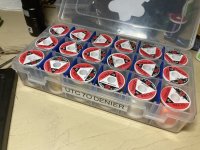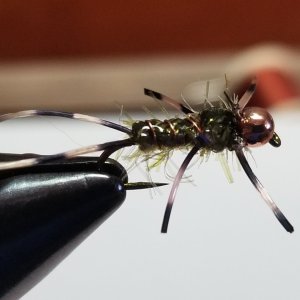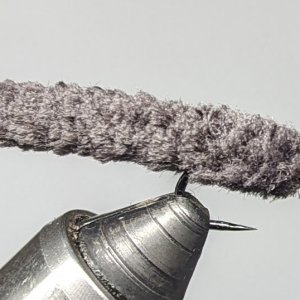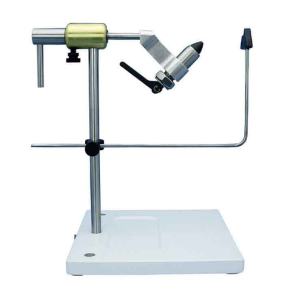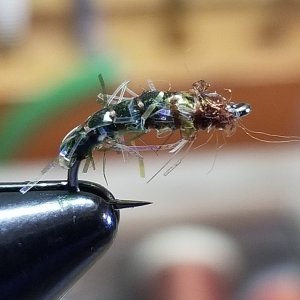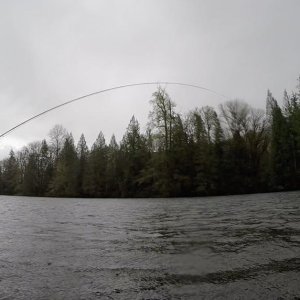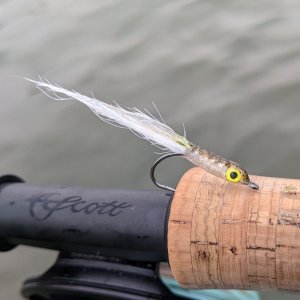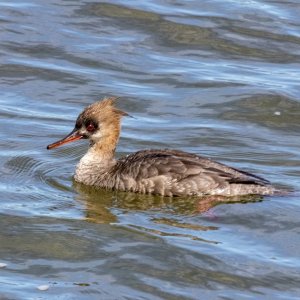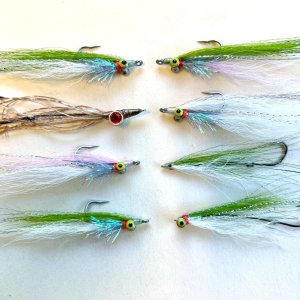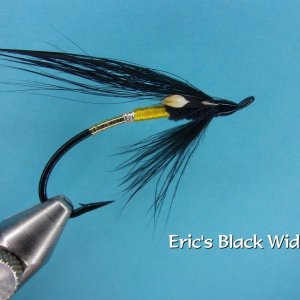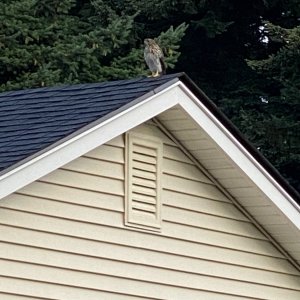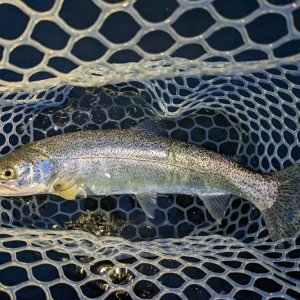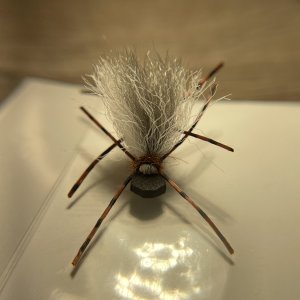I am planning to finally start tying my own flies this winter. So far I have been learning clouser minnows, and keeping it simple with white #140 thread. I am trying to branch out into more patterns, BC style coho flies and some of the spawn fly fish salmon patterns as well. The problem is every fly tying tutorial is going to suggest a different thread, and it looks like things can get real pricey real quick. What is a good basic starting kit of threads to keep on hand that should keep me covered for most flies? I am going to be sticking with baitfish patterns and small streamers aimed at anadromous fish to begin with.
Can’t wait to start sharing the things I tie up!
Can’t wait to start sharing the things I tie up!

